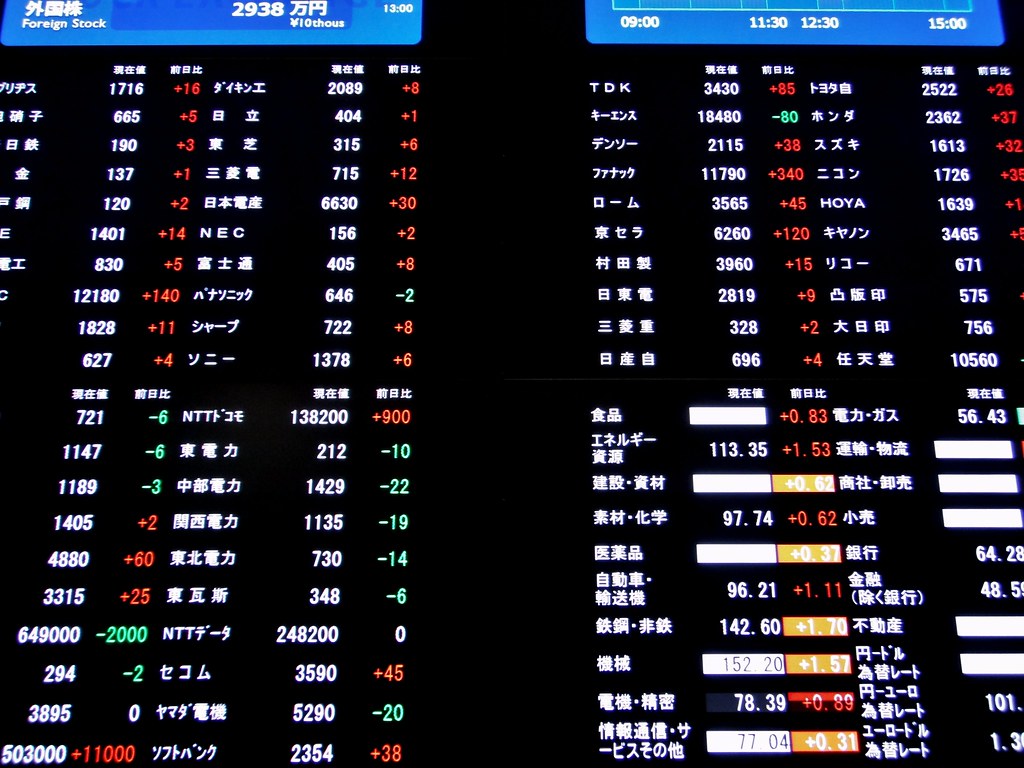
In Japan, shorting a stock above 0.5% of shares outstanding doesn’t just change your market risk. It changes your public profile.
Japan’s two‑tier framework requires managers to report shorts at 0.2% (with 0.1% increments thereafter) and publicly disclose by name at 0.5%. The exchange posts daily files aggregating these disclosures. Contrast that with the US, where regulators publish aggregate short interest and apply a price‑based SSR (Rule 201) after a 10% drop, but no named daily file. The practical difference? In Tokyo, move past 0.5%, and your fund’s identity becomes part of the information set that other traders (and sometimes issuers) incorporate. That is signaling risk.
How do professional shops respond? First, with cadence discipline. OMS flags at 0.18/0.28/0.38/0.48% and a formal “crossing protocol” (legal/comms pre‑briefs) before authorizing a breach. Second, with instrument mix. If cash‑short capacity is constrained by disclosure optics, managers deploy synths (index overlays, options, baskets) to maintain net exposure. Third, with borrow realism: small/mid caps can be hard‑to‑borrow; re-adjusting a borrow after being forced to cut size (to duck back under 0.5%) is a costly mistake.
There’s a governance angle too. Japan’s stewardship regime has teeth; boards and domestic institutions track ownership and short disclosures more closely than a decade ago. Academic work documents behavioral responses to the threat of shorting and to the visibility of shorts. The politics of a public short can matter as much as the economics.
None of this argues against shorting Japan—far from it. It argues for respecting the disclosure ladder, and for embracing Japan‑specific playbooks rather than importing habits wholesale from the US or UK. Treat 0.5% not just as a number, but as a regime change in your information footprint.
Not investment advice; for institutional discussion only.
Sources:JPX short‑selling rules & FAQs; FSA 2013 framework; CliffordChance/Nishimura legal notes; OFR on US SSR design.